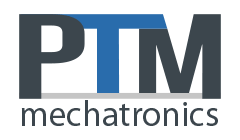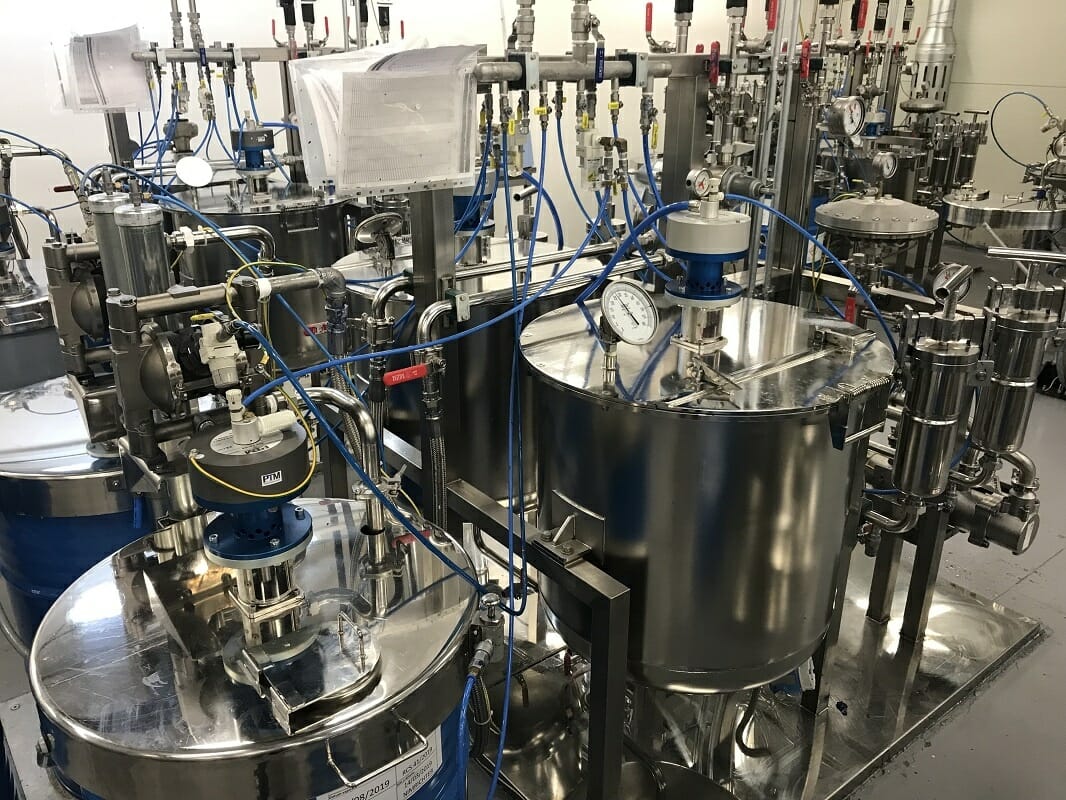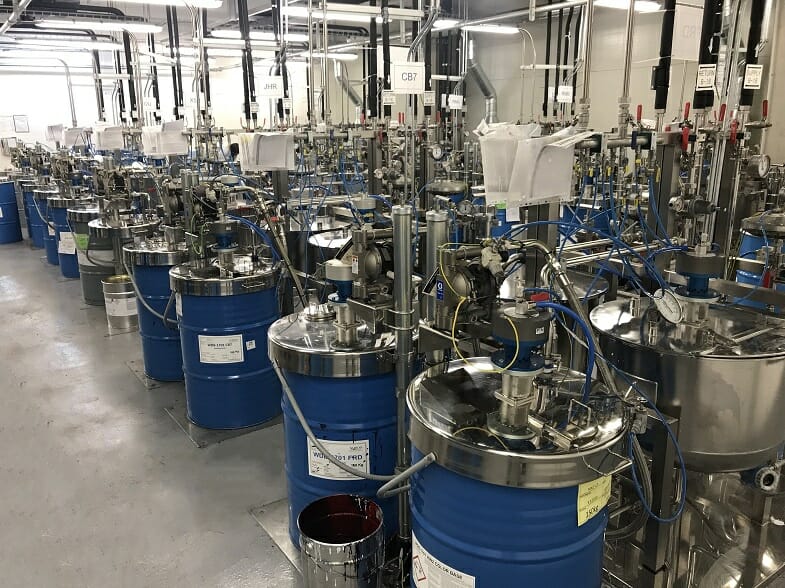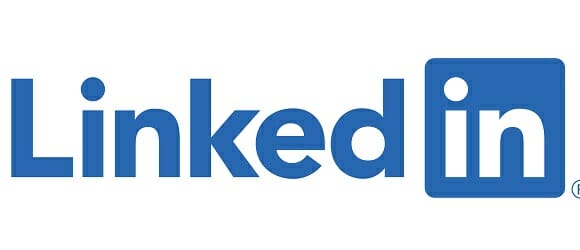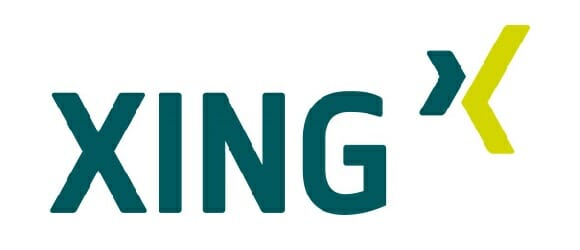Stirring is the core process in many production and processing steps in the food, pharmaceutical, cosmetics and chemical industries. The energy saving potential is enormous, depending on the technology currently used. But often goes unnoticed. It’s a shame for the environment. But above all, expensive for the operator. Because with inefficient systems, hundreds of thousands of euros are blown completely unnecessarily into the air. “Saving energy and costs currently plays only a subordinate role, especially for plant manufacturers but also for operators of agitators. There is enormous potential here. The subject of “saving energy” is highly explosive, “says PTM managing director Carsten Angermeyer. The Czech company Plakor in cooperation with PTM mechatronics GmbH proves how it can be done differently.
Vane motors – the secret cost guzzlers
The company Plakor, based in Moravia, Czech Republic, is one of the world’s top suppliers of automotive plastics. Their product range includes bumpers, spoilers, dashboards and high-quality components for the interior and exterior. Stirring paints is therefore one of the core processes in daily operations.
At Plakor, 120 agitators stir paint in 200 liter barrels in continuous operation. Before switching to PTM mechatronics, Plakor used standard vane motors. Vane motors are cheap to buy. That makes them interesting at first sight. You receive the receipt for their use afterwards – with the electricity bill. Plakor’s vane motors consumed a lot of energy in continuous operation and accordingly cost a lot of money. So a more efficient alternative was needed soon. This was found in the economical and at the same time powerful agitators from PTM mechatronics. The Plakor company completely replaced the vane motors in their paint preparation room with PTM agitators.
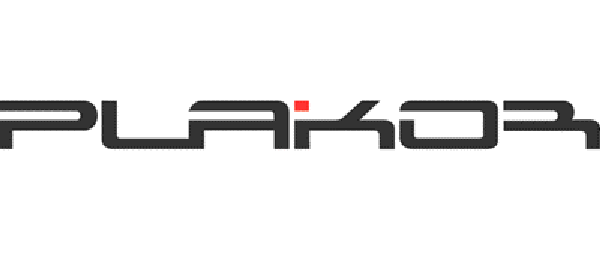
With the PTM agitators, more for the piggy bank
On its own initiative, Plakor subjected the investment in the complete renovation to a 12-month long-term test with different performance scenarios and consumption measurements. The bottom line:
In continuous operation, the 120 new PTM agitator drives save € 350,000 in energy costs compared to the old vane motors – per year!
The comparatively low investment costs were amortized in the first year. Plakor stirs at relatively low speeds of approx. 100 rpm. Calculated for the highest speed of 300 rpm. would be € 950,000 per year.
Why is that?
Inside vane motors there is a type of rotor with slanted vanes. The supplied compressed air hits the fins and drives the rotor. An extremely large amount of compressed air must be used to get the motor up to speed. The vane motor is therefore a fast runner with high speed and low torque. This constellation is completely unsuitable for many stirring substances, as they require careful processing. This power has to be regulated down again via a gear.
The radial piston principle of the PTM agitator drives, on the other hand, works with cylindrical chambers in which the pistons are pushed towards the housing wall by the compressed air. This is designed to be wave-shaped, which generates the rotary movement. This means that only as much compressed air is required as fits into the small chambers of the pistons. The PTM agitator has a relatively low speed with a very high torque at the same time. This makes it the perfect agitator for all kinds of stirring substances – without any gear.
PTM agitators are also unbeatable when it comes to mixing results
It was only afterwards that Plakor discovered that PTM’s radial piston-driven agitators stir much more evenly than vane motors.
Vane motors tend to increase speeds when the fill levels in the stirred tank drop. The reason for this is as follows: If the fill level in the agitator tank drops, for example due to draining via a suction lance or evaporation, the resistance of the liquid to the agitator blades also decreases. The vane motor reacts to the lower resistance with higher speeds because it is not braked and the constantly flowing compressed air continues to drive it unhindered, up to 1,500 rpm. Air pockets and, in the worst case, foam form on the surface. The resulting air pockets are an obstacle to further processing of the paint or any other liquid. They lengthen the processing time because they only degrade slowly.
When the fill level rises, exactly the opposite happens: the agitator with vane motor becomes slower and slower due to its low torque and no longer manages to stir up the solid metallic, color and luster pigments.
When applied to the product to be coated, surface defects can occur, depending on the case, due to air bubbles or deposited solid particles and have a negative impact on the quality of the end product. Water-based paints in particular are susceptible to these phenomena, as their viscosity fluctuates greatly. And its processing already poses serious challenges for the industry.
PTM agitator motors, on the other hand, continue to stir much more constantly, even when the fill levels drop. Their maximum technical speed is 300 rpm.
If the level in the container rises, the very high torque of the drive reliably maintains the speed.
Plakor found that the stirred paint has neither air pockets nor deposits and is now finally of the quality that is essential for the high demands on process reliability and the end product.
And last but not least, another notable advantage: Due to the massive decrease in compressed air consumption, the operating hours of the compressors naturally also fell. Their maintenance cycles were extended accordingly, which saves further money.
This success story clearly shows that it is always worthwhile to check the methodology of stirring processes in terms of their efficiency, suitability and functionality and to break new ground.
Advice and contact
Find out more about our agitators on our product page here.
We would also be happy to advise you personally on the energy saving potential of your agitators: +1 (850) 462-2730 or info@ptm-mechatronics.com.
PTM mechatronics – we generate movement in special environments.
